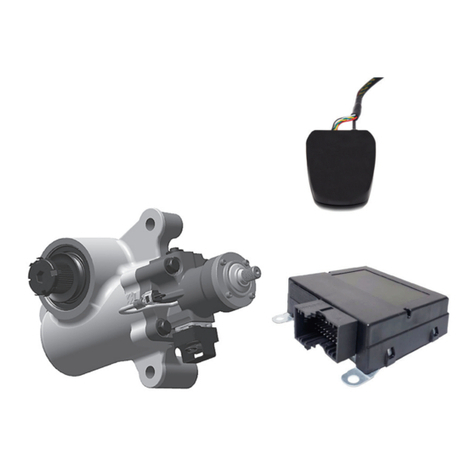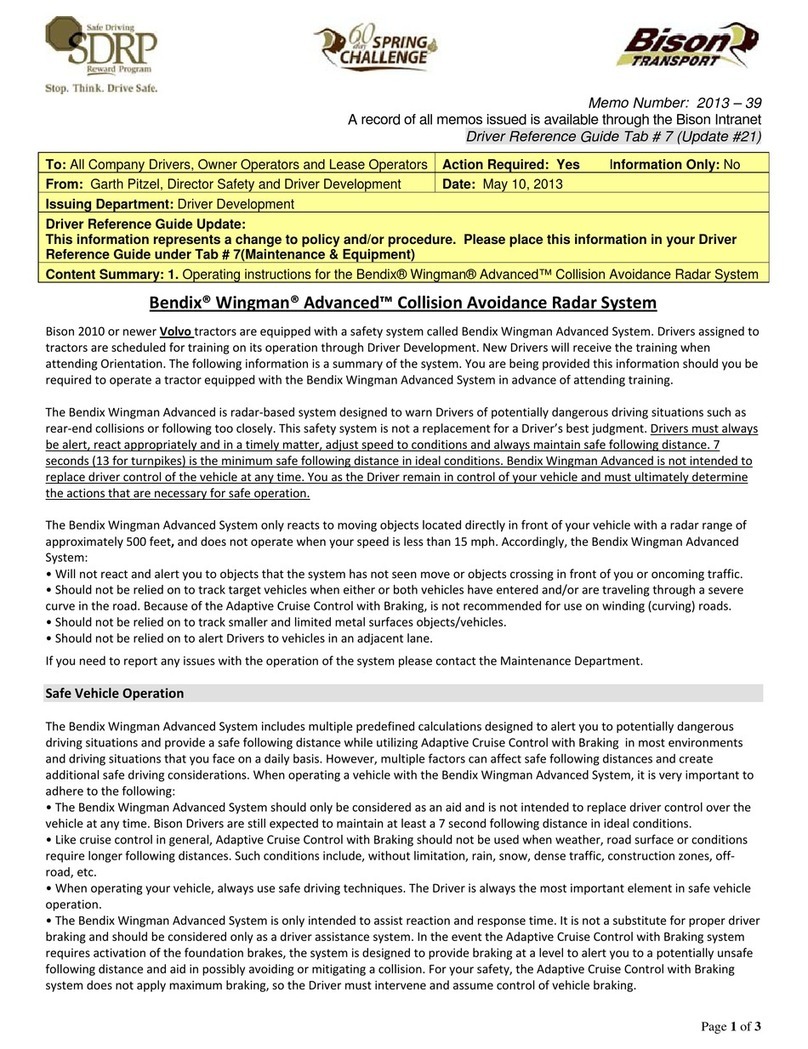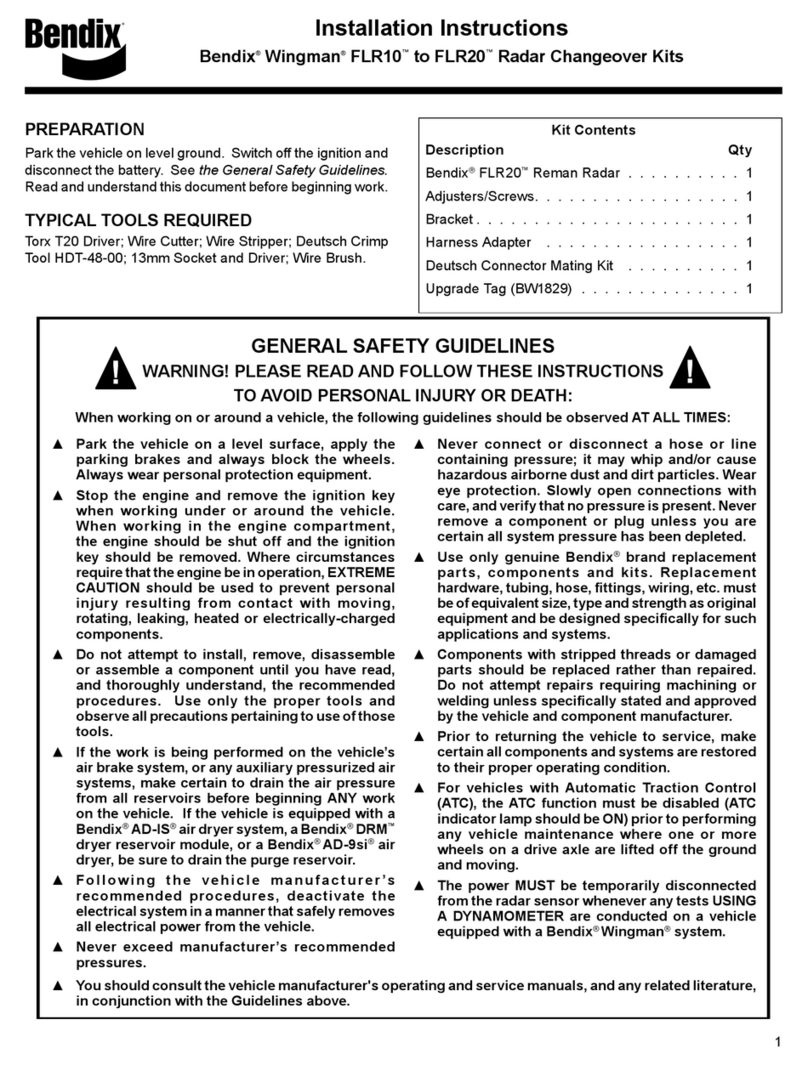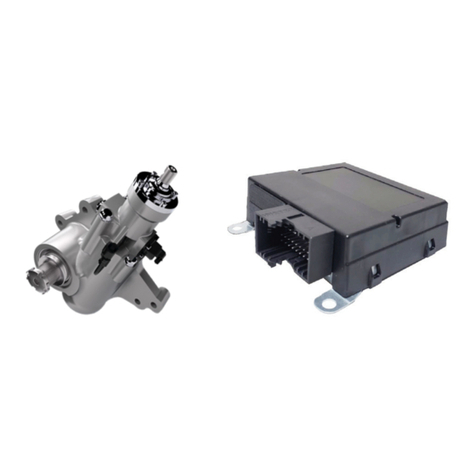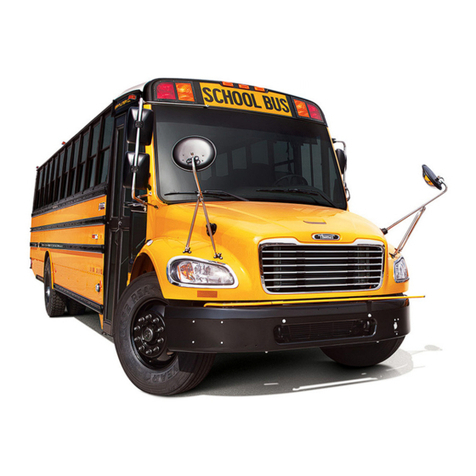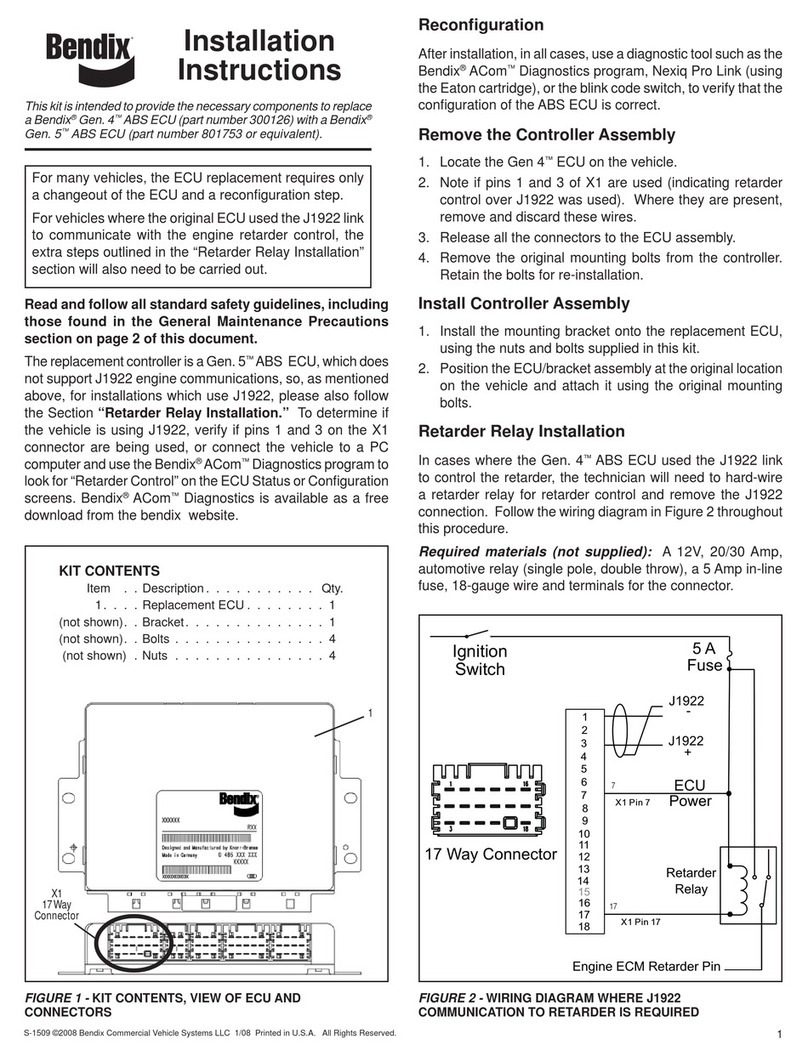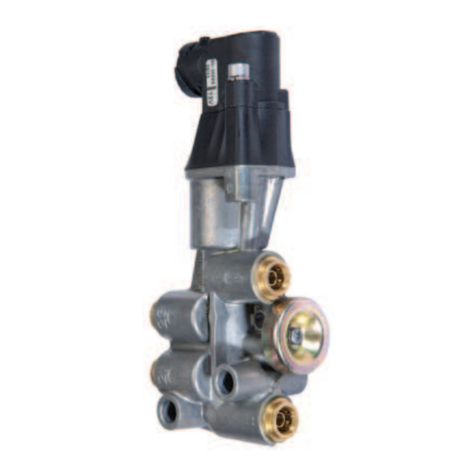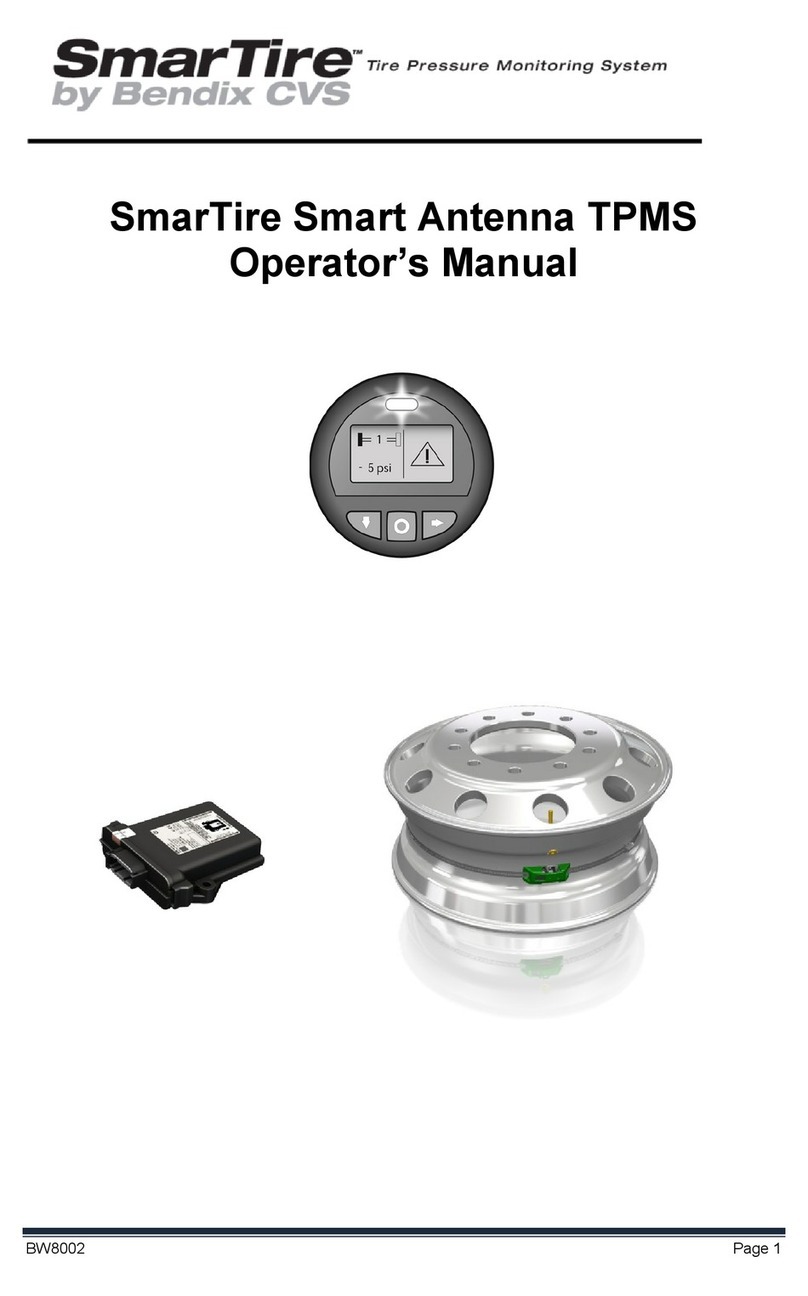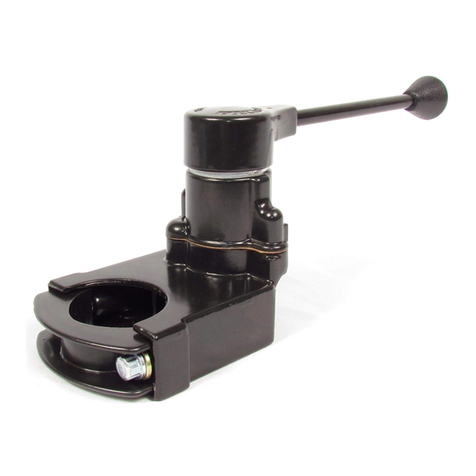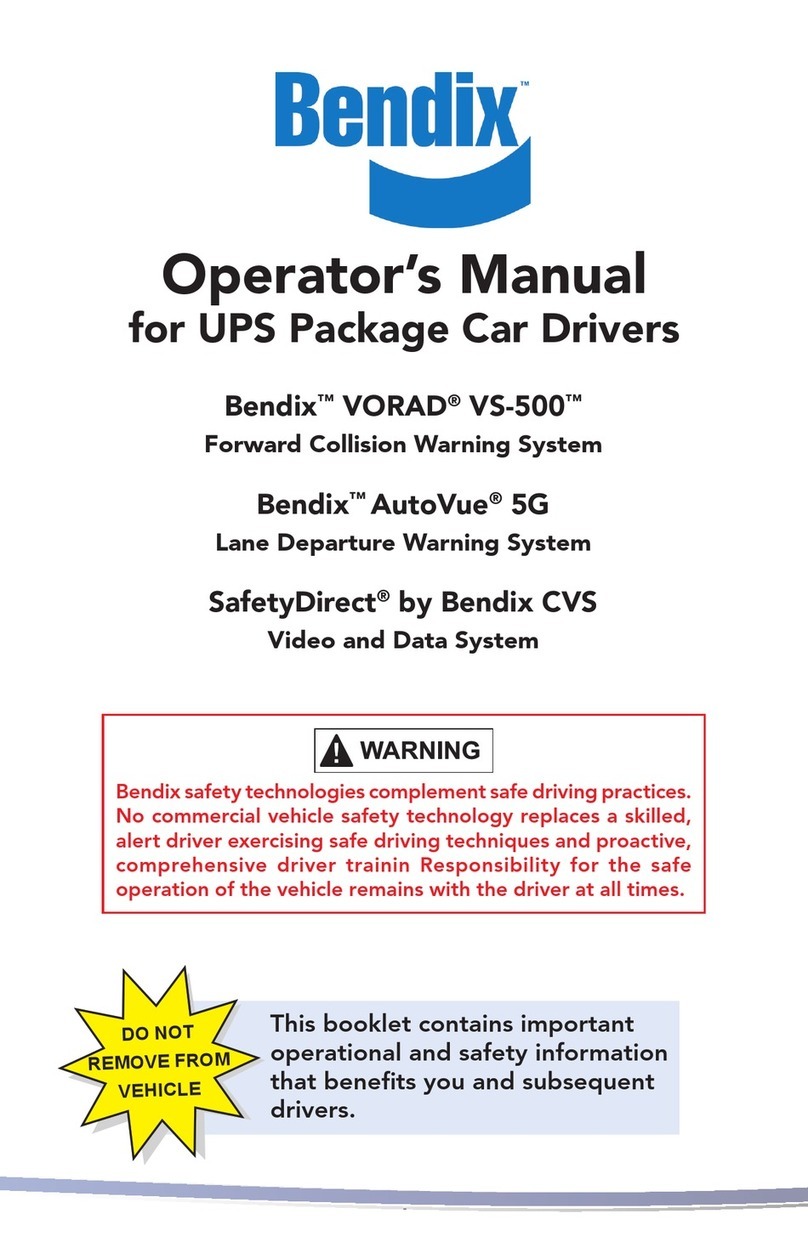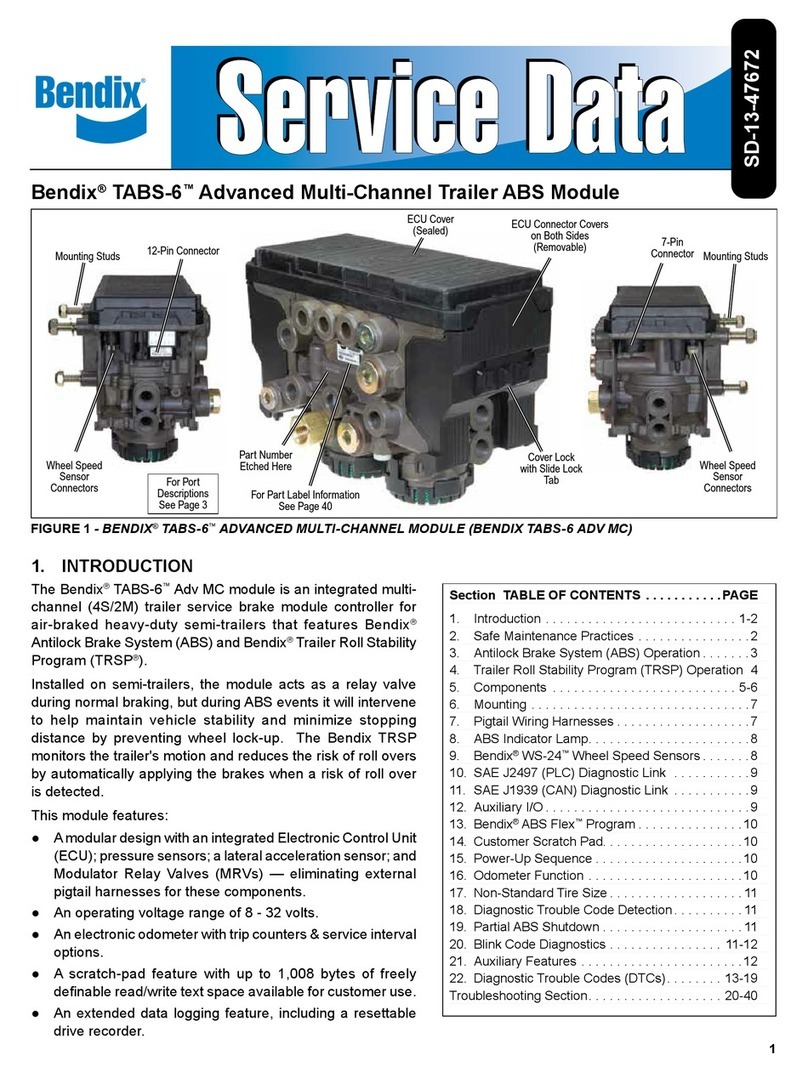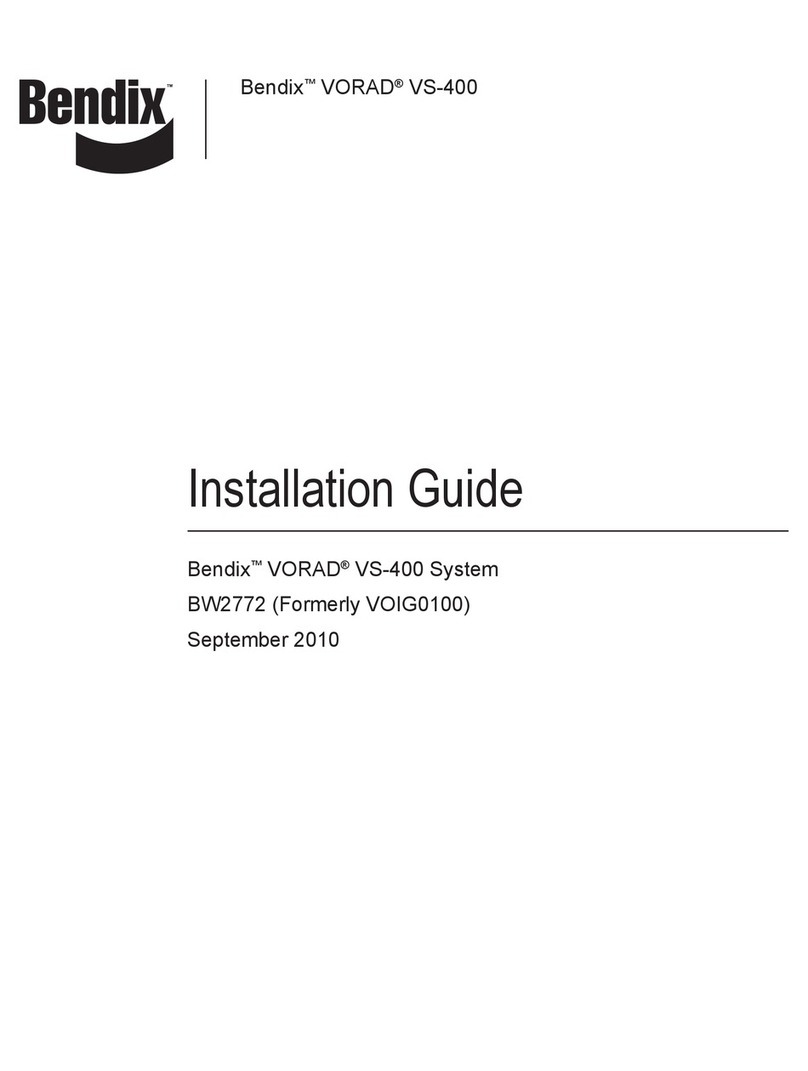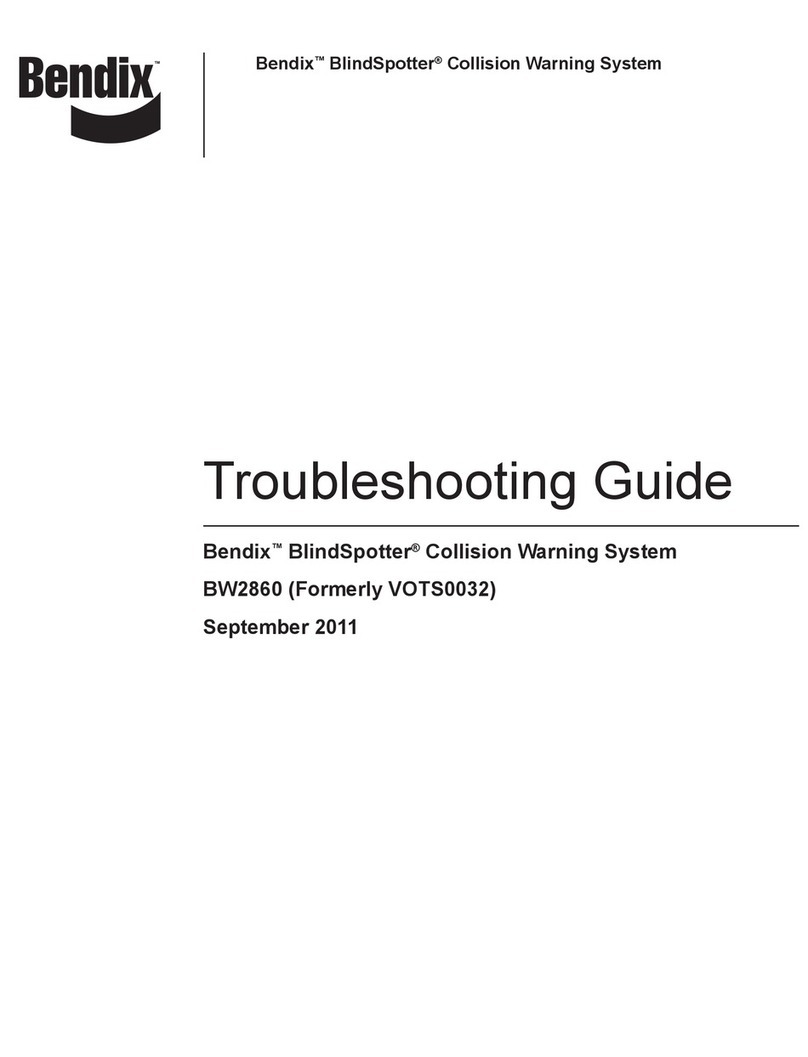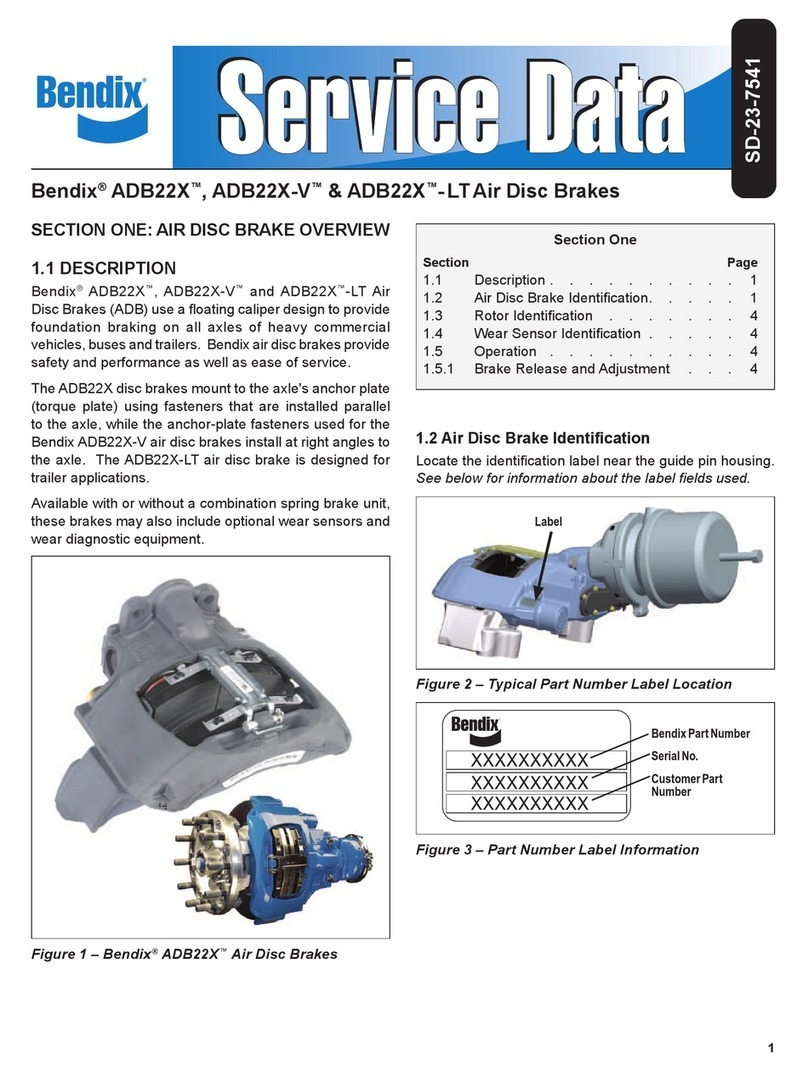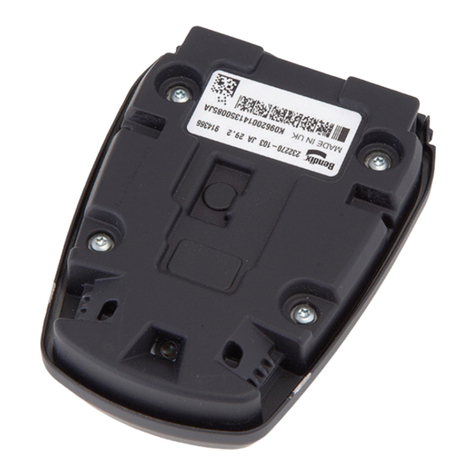
2
!WARNING
Improper use of the Bendix®Wingman®ACB – Active
Cruisewith Braking systemcan resultina collisioncausing
propertydamage,seriousinjuries, or death. The ultimate
responsibility for the safe operation of the vehicle
remains with the driver. Be sure to read, understand,
and follow all these instructions carefully.
The trademarks used in this document, including Bendix®,
are United States trademarks owned by or licensed to
Bendix Commercial Vehicle Systems LLC. See page 30
for a complete list.
IMPORTANT SAFETY INFORMATION
Ultimate responsibility for the safe operation of the
vehicle remains with the driver at all times. Even
with the Bendix® Wingman®ACB system, the driver
must remain alert, react appropriately and in a timely
manner, and use good driving practices.
The Bendix®Wingman®ACB system must be used only
in conditions normally recommended for normal cruise
control. The Bendix®Wingman®ACB system must never
be used on roads that cannot be driven safely at a steady
speed, including city streets, winding roads and sharp
curves, steep downhill grades, poor road conditions, such
as gravel, dirt, ice or wet surfaces (wet surfaces may
increase the risk of hydroplaning), or in fog, heavy rain or
snowy conditions.
In certain situations Wingman®ACB should not be used
including: dense traffic or where smaller vehicles – such
as motorcycles are ahead in the same lane; construction
zones, off-road use, steep downhill grades; when entering
turning lanes, entering or exiting highways or similar
situations.
Vehicle manufacturers may use alerts, messages, and
dash arrangements that vary from the examples shown
here. Consultthe Vehicle Operator’sManualforapplicable
details regarding use and operation.
OVERVIEW
The Bendix®Wingman®ACB system is integrated with
the vehicle’s normal cruise control. Once the driver turns
"on" and "sets" normal cruise control, Bendix®Wingman®
ACB is engaged.
DESCRIPTION
The Wingman®ACB is an additional feature of cruise
control. Whenusing cruisecontrol, thesystem willmaintain
the“set”speed and intervene,asneeded, to help maintain
a set following distance behind a vehicle ahead in the
same lane.
Using a radar sensor (with a range of approximately
500 feet) mounted to the front of the vehicle the Bendix®
Wingman®ACB system tracks moving vehicles ahead.
Oncecruise controlis activatedand asetfollowingdistance
maintained, if the forward vehicle slows down below the
cruise control’s set speed, the system will intervene, as
necessary to perform the following tasks in this order:
(a) de-throttle the engine,
(b) apply the engine retarder, and
(c) apply the foundation brakes.
NOTE: If the foundation brakes are applied by Bendix®
Wingman®ACB or the driver, the vehicle will not resume
to the set speed automatically. The driver must "resume".
If the vehicle ahead slows below the cruise control’s
set speed, but then accelerates away, and the Bendix®
Wingman®ACB system did not need to use the foundation
brakes as it managed the intervention, the vehicle will
automatically accelerate back to the original cruise control
set speed, and again maintain the set following distance
behind the vehicle ahead.
Other system features include an audible and visual
warning system, part of which is always on, whether or not
cruise control is on and engaged. A detailed description
of warnings can be found in the "INDICATIONS AND
WARNINGS" section of this document.
Because Bendix®Wingman®ACB operates together with
normal cruise control, the typical features built into cruise
control operate as usual. For example, limits imposed by
factory-set road speed governors are fully supported by
Bendix® Wingman®ACB.
SYSTEM COMPONENTS
The radar sensor used in the Bendix®Wingman®ACB unit
is located at the front of the vehicle – either on the bumper
or just behind it on a cross-member.
The Bendix®Wingman®ACB sensor is pre-aligned at the
factoryand no adjustmentshouldbe needed. Ifthesensor
becomesmisaligned(oradiagnostic troublecode isissued)
a message, or light on the dash lets the driver know that
service is needed.
Typically the Bendix®Wingman®ACB system is fully
integrated into the vehicle dashboard so that a separate
status/display box is not required. All visual, text and
audible indications and warnings come directly from the
vehicle’sinstrumentcluster. Thevolume levelsof thealerts
are not adjustable, nor can they be switched off.
